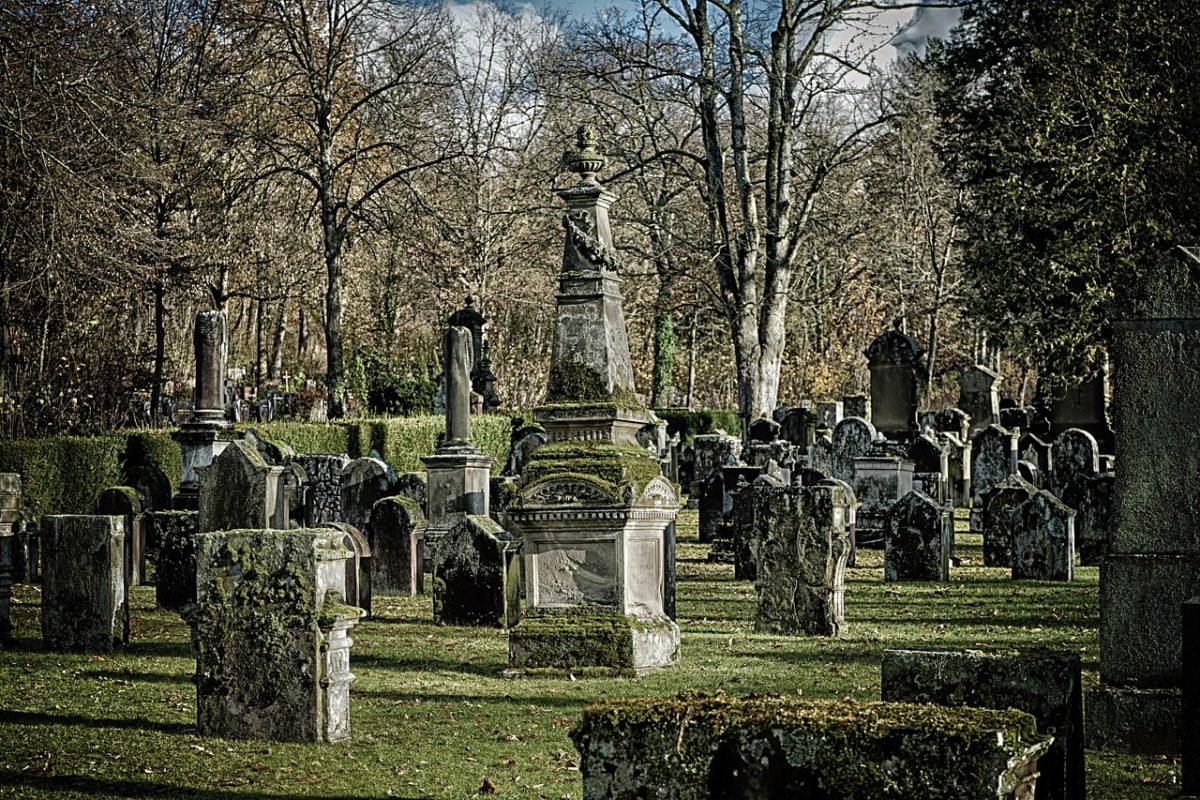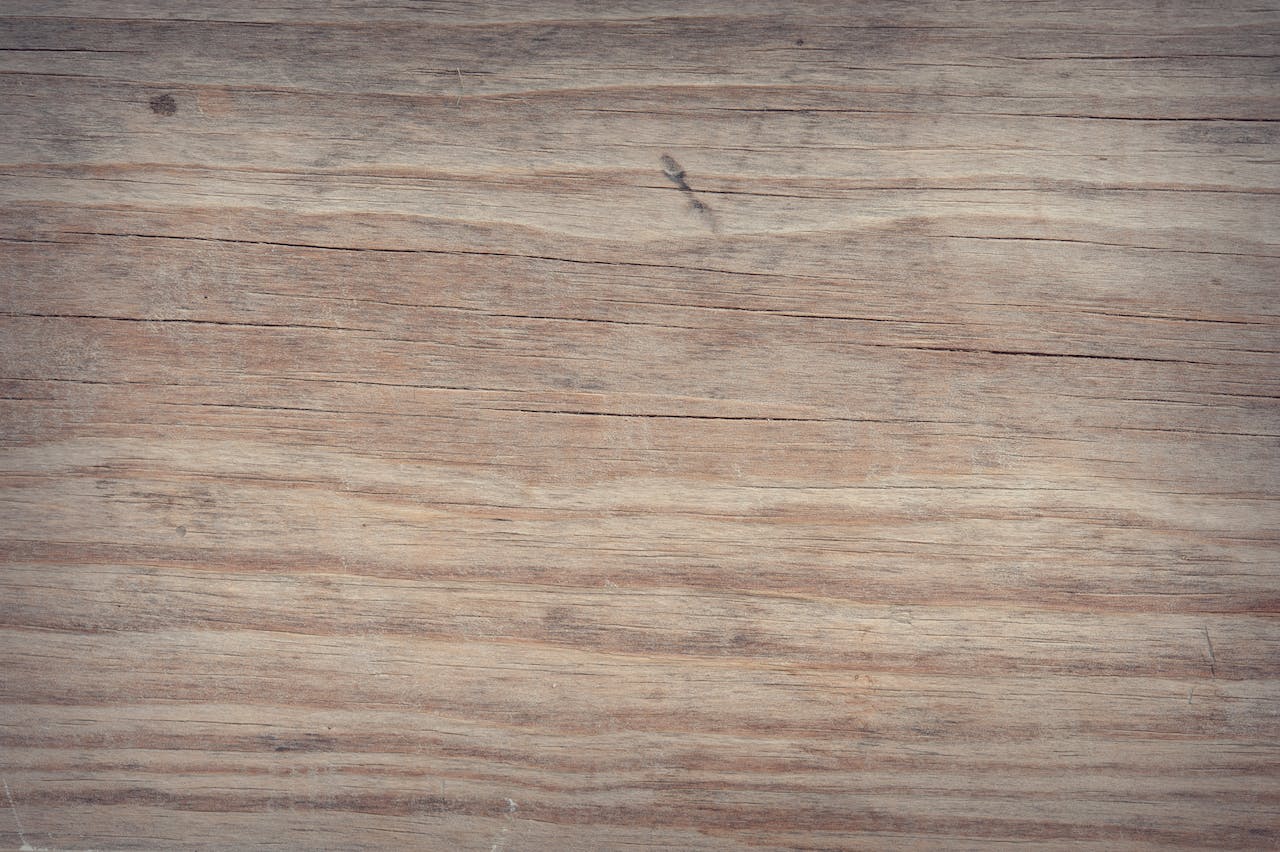Saying goodbye is one of life’s most emotional moments, and in cities like Melbourne, many families turn to personalised tributes to honour those they’ve lost. From monuments Melbourne providers offering custom headstones to peaceful cemeteries that reflect cultural and spiritual values, every detail plays a part in shaping a respectful farewell. These choices are critical when planning a burial Melbourne families can feel at peace with—one that’s both meaningful and memorable. Ultimately, it’s about creating space for reflection, remembrance, and healing.
The Significance of a Dignified Farewell
A burial isn’t just a final resting place—it’s a lasting symbol of love and legacy. How we say goodbye can comfort grieving families, creating a moment of closure that supports emotional healing. Whether a traditional burial, a private graveside ceremony, or a quiet interment in a heritage cemetery, every farewell should reflect the wishes of the person who has passed and the needs of those left behind.
Dignity in this process means taking time to consider every element, from location and design to cultural sensitivities and personal preferences. It’s not about extravagance but care, respect, and thoughtfulness.
Choosing the Right Resting Place
In Melbourne, there are many options when it comes to burial locations. These range from public cemeteries in urban areas to more secluded, landscaped memorial parks on the city’s outskirts. Each site offers different features: some allow for family plots, while others cater to specific cultural or religious communities. Choosing a site is often the first step in planning a burial, and it sets the tone for all the other decisions to follow.
Families may also consider future visitation when selecting a site. Is the location accessible to loved ones? Is it a place that invites peace and remembrance? These questions help ensure the choice feels right in both the present and the future.
Personalisation Through Monuments
Grave monuments are among the most visible, lasting elements of a burial. In Melbourne, skilled stone masons and monument makers work with families to create awards that feel personal and enduring. These may include engraved plaques, headstones with photographs, or hand-carved symbols that reflect a loved one’s heritage, beliefs, or personality.
Some families choose traditional granite designs, while others lean toward contemporary or minimal options. Whatever the style, the monument becomes a focal point for memory—a place where loved ones can pause, reflect, and feel connected.
Respecting Cultural Traditions
Melbourne’s rich multicultural landscape means burial customs can vary widely. Some communities observe strict rituals involving washing, wrapping, or burial timing, while others follow spiritual or symbolic traditions requiring special accommodation. Cemeteries and service providers who understand and honour these traditions play an important role in helping families feel seen and supported.
This respect also extends to language preferences, dress codes, or religious ceremonies that accompany the burial. Providers who take the time to learn what matters most to each family make a significant difference during emotionally sensitive moments.

The Role of Funeral Directors
Behind every seamless farewell is a team of professionals working to guide families with care and efficiency. Funeral directors are central to this process, helping organise everything from transport and paperwork to coordinating services and liaising with cemeteries or monument providers.
Their role is not only logistical but also emotional. A compassionate funeral director offers more than guidance—they provide reassurance and space for families to grieve without the burden of decision fatigue. This support becomes especially valuable when time is limited, or families are unsure how to proceed.
Creating Space for Reflection
Beyond the day of the burial, the place where someone is laid to rest becomes a site of ongoing reflection and remembrance. Many families return to the grave site on anniversaries, birthdays, or days when comfort is needed. A well-maintained plot with a carefully chosen monument ensures meaningful and calming visits.
Some cemeteries offer landscaped areas with seating, pathways, or even memorial gardens that encourage peaceful visits. In a busy world, these quiet spaces can serve as anchors—offering pause and connection amid life’s constant movement.
Navigating the Process with Compassion
Planning a burial, especially during grief, can feel overwhelming. This is where compassionate service providers make all the difference. Families need clear communication, transparency around pricing, and patience during decision-making. Providers who deliver these with empathy help create a smoother, more dignified experience.
It’s also helpful for families to access grief support resources, whether through counselling, support groups, or written material. A holistic approach to end-of-life care includes the ceremony and the support offered before and after.
Honouring a Life Well Lived
At the heart of every farewell is a story—a life filled with moments, milestones, and memories. A dignified burial is a way to honour that story and mark its importance in a visible, lasting way. Whether through a beautifully crafted monument, a heartfelt eulogy, or a moment of shared silence, these elements create rituals that help us process loss and celebrate life.
As Melbourne continues to expand and develop, so do the ways families express remembrance. Yet, the underlying desire remains unchanged: to say goodbye with love, to feel at peace, and to know that those who pass are remembered with care.



